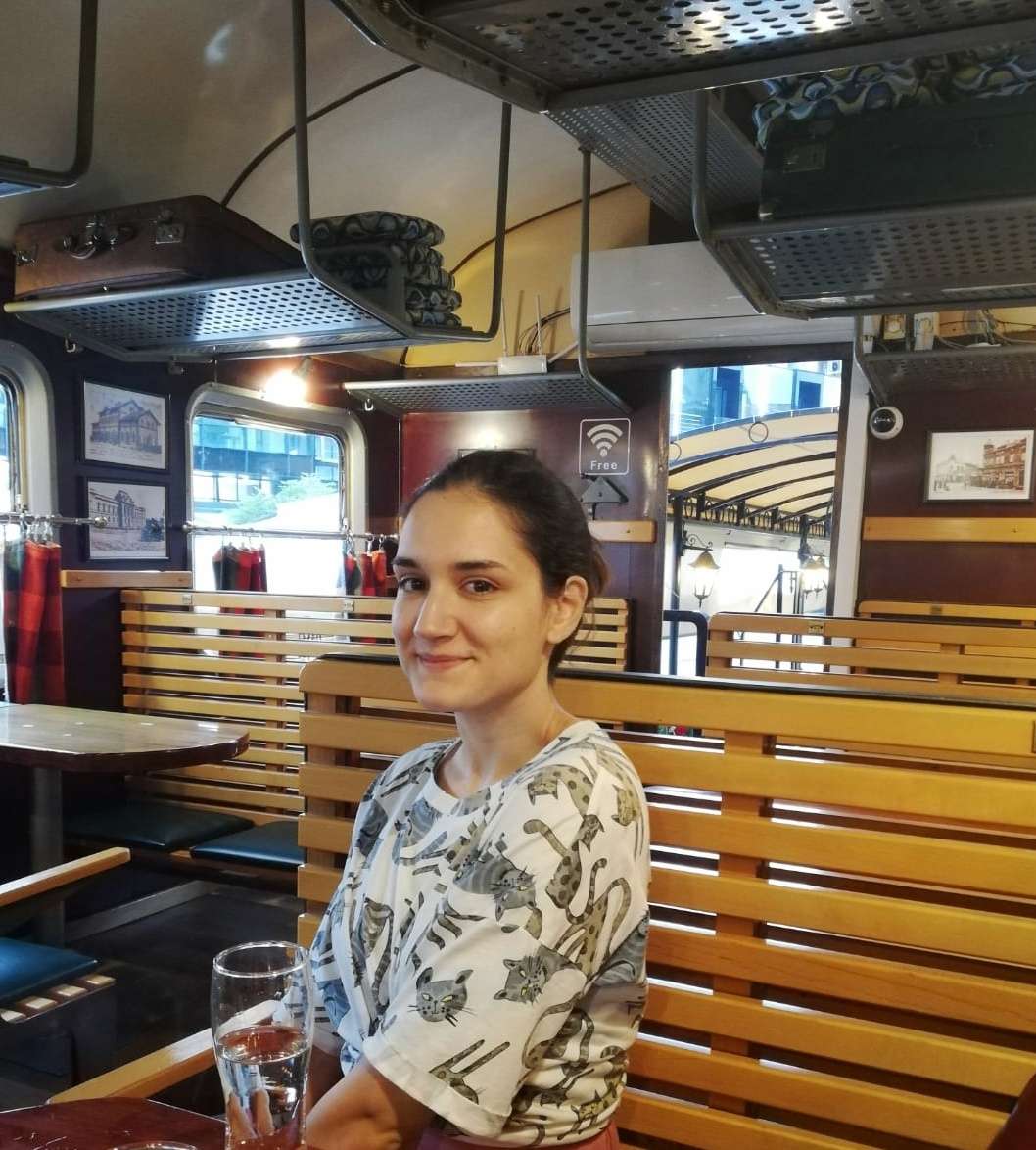Over 30 years there has been no comprehensive understanding of the mechanism of soft photons (energy smaller 50 MeV) formation. Experimental data indicate an excess of their yield in hadron and nuclear interactions in comparison with calculations performed in QED. For a more thorough study of this phenomenon at the Nuclotron (a superconducting accelerator in JINR), preliminary measurements have been carried out with using an electromagnetic calorimeter based on BGO crystals. These results are consistent with the world data. At JINR, in connection with the building of a future accelerator complex NICA, it has become possible to carry out such studies in pp, pA and AA interactions at energies up to 25 A GeV. Our group develops the conception of a heterogeneous electromagnetic calorimeter as “spaghetti” and “shashlyk” types based on gadolinium gallium garnet (GaGG) crystals with a low threshold for registration of photons. The first tests of prototypes of them manufactured at JINR on the basis of the GaGG and a mixture of tungstate and copper as an absorber have been carried out. There are many diverse physical tasks which can be interest in this energy region. They can be solved by means of compact electromagnetic calorimeters.
Tasks
1. Monte Carlo simulation of electromagnetic calorimeter work for 'spaghetti' type.
2. Monte Carlo simulation of electromagnetic calorimeter work for 'shashlyk' type.
3. Designing and assembling of electromagnetic calorimeter (electronical and mechanical devices).
Preliminary schedule by topics/tasks
1. Study of the operation of electromagnetic calorimeters of homogeneous (crystalline) and heterogeneous ('shashlyk' and 'spaghetti') types.
2. Acquaintance with experimental data on anomalous soft photon yield.
3. Theoretical explanation of soft photon puzzle.
Required skills
Solid knowledge of Methods in Physics Particles and Mathematical methods at Bachelor level.
Acquired skills and experience
GEANT4 packet.
Data taking and data processing.
Recommended literature
1. C. Grupen and B. Shwartz. Particle detectors (Cambridge University Press, New York, 2011) 652 p. (CERN online)
2. D. Acosta et al. Nucl.Instrum.Meth. A294, 193 (1990)
3. J. Abdallah et al., DELPHI Collaboration, Eur. Phys. J C47, 273-294 (2006)





